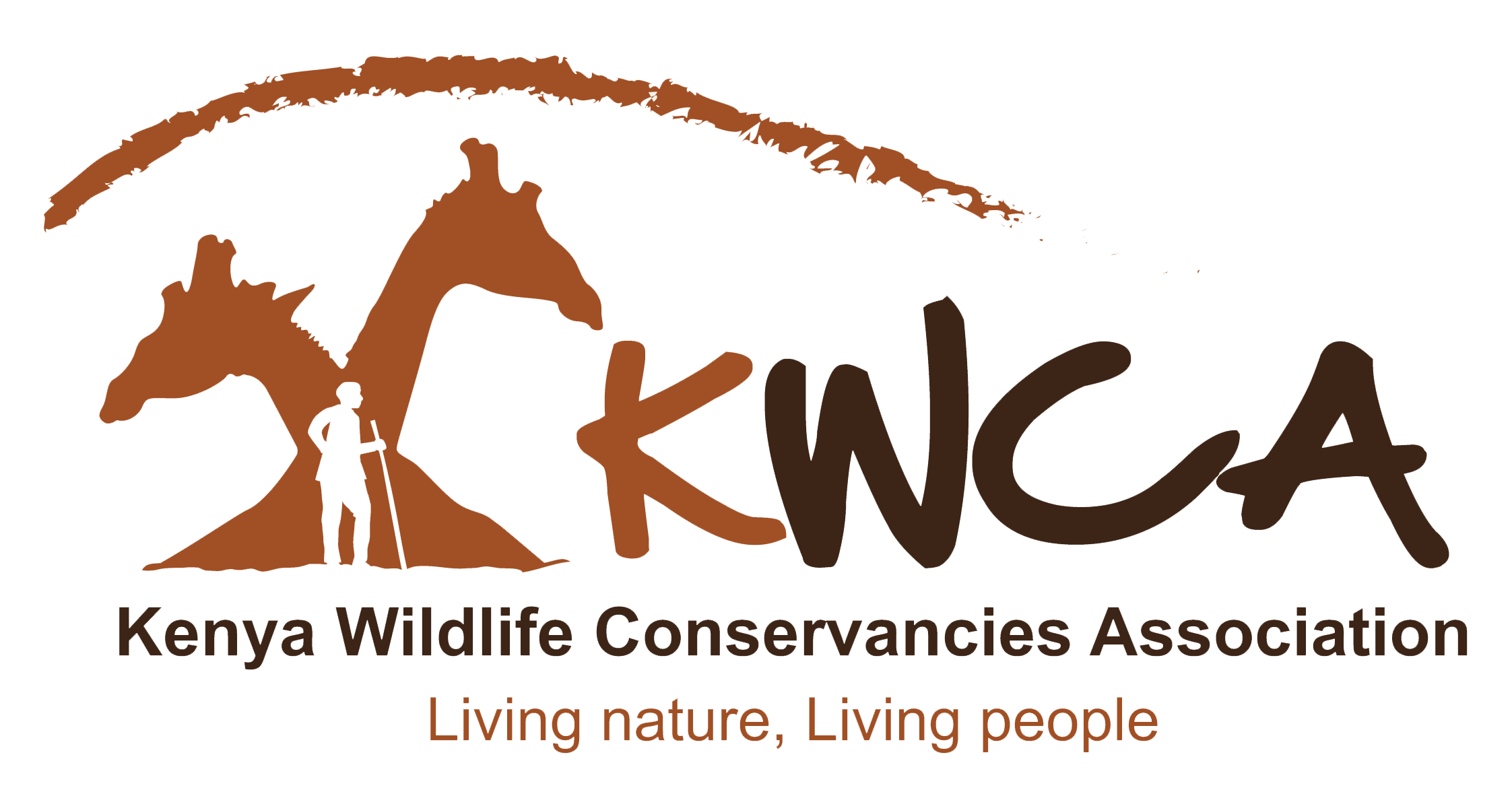Land & Natural Resource Management
Wildlife management cannot take place in isolation from the habitats in which wildlife live and the natural resources on which they depend. Management of the land (or sea in the case of marine Conservancies) and the resources upon which wildlife and people depend is an important function of a Conservancy.
This may include:
Grazing Management – development of grazing plans for livestock and zonation of the Conservancy into areas where livestock may be restricted at certain times of year. The objectives of a grazing program may be to increase grass cover and productivity for livestock as well as to minimize disturbance of wildlife and tourism.
Habitat Restoration – in rangelands this may include rehabilitation of degraded areas such as re-seeding, gully healing, use of bomas on areas of bare land, or clearing of invasive species.
Forest Protection and Management – this may include setting up forest Management Plans to restrict use of forest products, zonation of the forest for different uses, re-planting of indigenous trees in degraded areas (including mangroves), establishing rules governing logging and collection of firewood etc.
Fisheries Management – marine Conservancies may establish by-laws for fisheries management including restricting the type of fishing gear used, setting aside locally managed marine areas and no-take zones, active rehabilitation of coral reefs etc.
Fencing – fencing may be used as a tool to manage human-wildlife conflict, or to create exclusion zones which protect key resources (e.g. springs) from over-use and damage by people and wildlife, or establish Sanctuaries for endangered species.
Settlement Planning and other land uses – this is a critical component of good Conservancy management and should be undertaken early on to ensure key resources (e.g. springs, rivers, swamps) and habitats (forests, grazing areas etc.) are managed and conserved. Zonation of Conservancies can include settlement areas, grazing and tourism and farming areas with rules governing what is allowed in these different areas.

